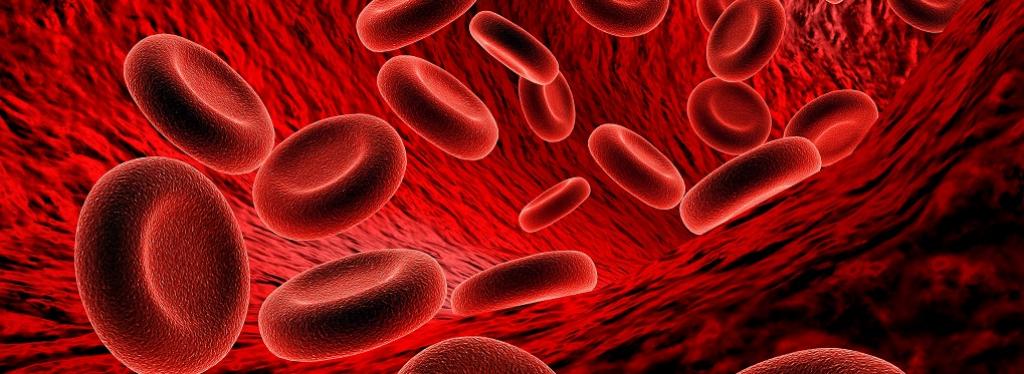Using stem cells, researchers were able to create a brand-new variety of human cell in the lab. The new cells mimic early human embryonic equivalents found in nature very closely. As a result, scientists are better able to understand what occurs right after an embryo implants in the womb.
A human embryo should implant in the womb seven days after fertilisation if all goes according to plan. Due to legal and moral restrictions, the embryo is thus inaccessible for research. To investigate human development in a dish, scientists have previously created stem cell models for a variety of embryonic and extraembryonic cell types.
Extraembryonic mesoderm cells are a particular form of human embryonic cell, and Vincent Pasque’s team at KU Leuven has created the first model for these cells. Academician Pasque: “These cells help to bind the embryo to the developing placenta, produce the first blood in an embryo, and contribute to the formation of the early umbilical cord. There may be other significant differences between the two species in addition to the fact that this type of cell first occurs in human embryos sooner than it does in mouse embryos. Because research on mice may not provide us with conclusions that also hold true for people, this makes our model all the more crucial.”
The scientists used human stem cells, which can still differentiate into every variety of embryonic cell, to create their model cells.
The new cells are a useful model for that particular cell type since they closely match their natural counterparts in human embryos.
Pasque explains, “You don’t create a new human cell type every day. “Because we can now examine processes that are often inaccessible during development, we are really happy about this. In reality, we have already been able to determine the origin of extraembryonic mesoderm cells thanks to the model. Longer term, our model should also help to better understand medical issues like infertility, miscarriages, and developmental diseases.”





